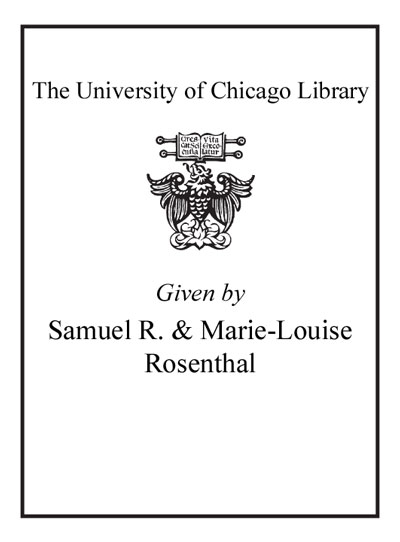Review by Choice Review
Hadler (Graduate Center and Brooklyn College, CUNY) analyzes how Americans understood destruction in the period from the 1950s through the 1970s. She writes in her introduction that her purpose is "problematizing the interconnections between art and visual culture to further ... understanding of what creative destruction could and did mean in the ephemeral visual culture in the United States, and to a lesser degree in Great Britain and Europe." Hadler's training as an art historian is on display when she discusses the work of major artists, such as Andy Warhol's paintings of car crashes, Claes Oldenburg's giant lipstick sculpture, and Niki de Saint Phalle's paintings made by shooting specially prepared canvases. But Hadler's ultimate goal is to show cultural connections, as "mass culture and high art range over the same territory." Thus, this is an inclusive study of American culture, in which fine art is juxtaposed with photographs of things as varied as a demolition derby, a guitar being smashed, a mushroom cloud, and military toys. Hadler draws on the ideas of major theorists--including Roland Barthes, Georges Bataille, Walter Benjamin, Sigmund Freud, Bruno Latour, and Susan Sontag--but she does not assume prior knowledge of their work. The book is both erudite and entertaining. Summing Up: Recommended. All readers. --Travis Nygard, Ripon College
Copyright American Library Association, used with permission.
Review by Choice Review

